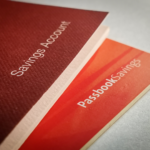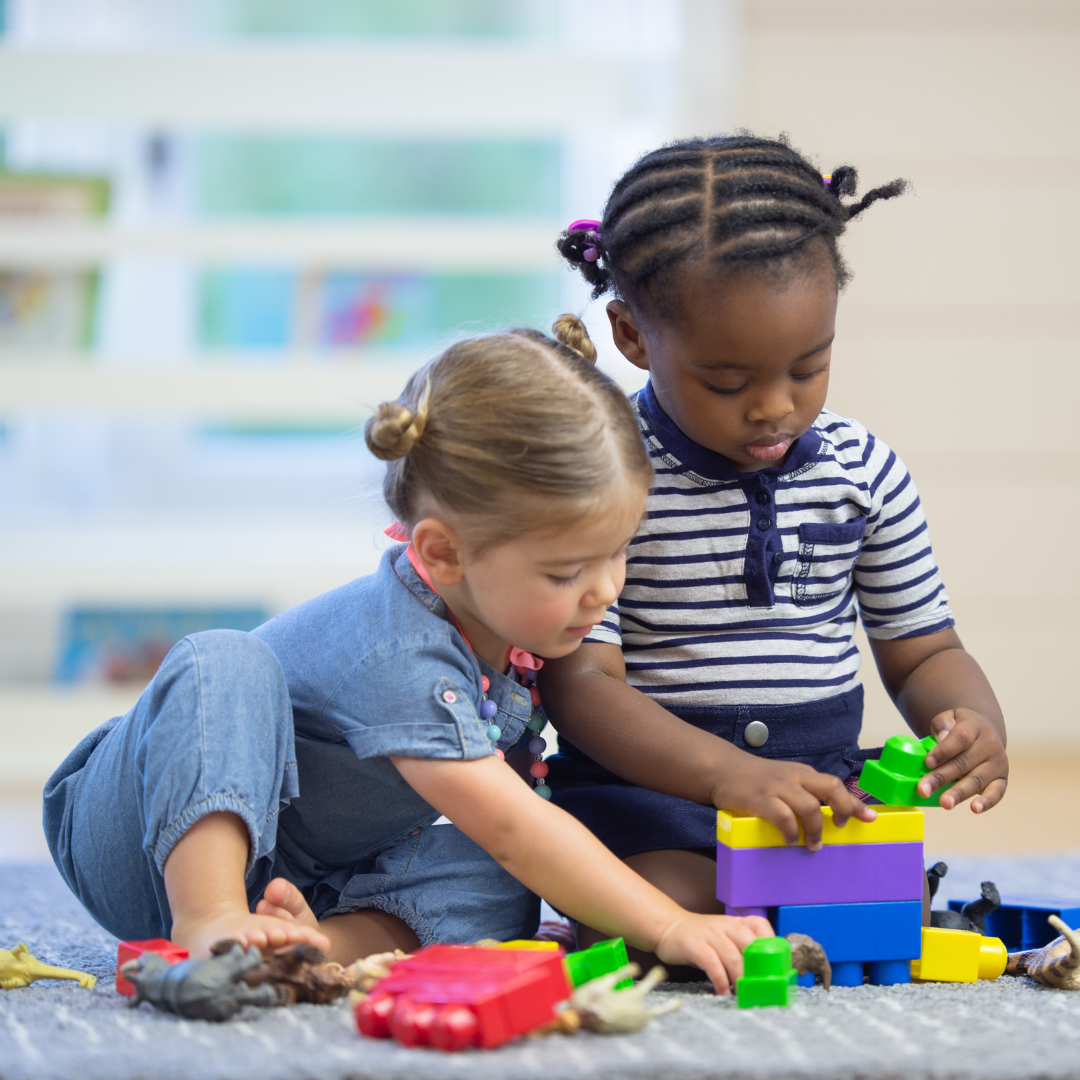Crabbing at Cheniere Island, nestled along Louisiana’s iconic Creole Nature Trail, offers a quintessential saltwater adventure—scenic marshland, plentiful blue crabs, and immersive outdoor fun. The following 1000‑word guide will walk you through everything you need to know about crabbing at Cheniere Island—from the seasonal rhythms and regulations to gear tips, safety advice, and how to turn your catch into a memorable meal.
There’s nothing quite like the thrill of catching your own blue crabs along the salty shores of Louisiana. At Cheniere Island, nestled along the scenic Creole Nature Trail in Cameron Parish, families can enjoy an authentic and unforgettable Gulf Coast experience. With marshland stretching in every direction, chirping birds overhead, and the occasional splash in the canal, Cheniere Island makes for the perfect crabbing destination—especially when you bring the kids.
Whether you’re a seasoned crabber or just want to try something new on a weekend getaway, Cheniere Island has everything you need: accessible roadside canals, plenty of space to spread out, and crabs galore. Here’s everything you need to know for a successful, kid-friendly crabbing trip.
🧭 Where Is Cheniere Island?
Cheniere Island is located in southwest Louisiana, part of the expansive marshlands that line the Gulf of Mexico. It’s surrounded by wildlife refuges and easily accessible by car. There are several pull-off spots along the road where families can set up for the day and begin crabbing. With calm, shallow waters and plenty of space, it’s one of the most welcoming crabbing areas in the state.
🦀 What Makes It Great for Families?
Crabbing here is simple, affordable, and a blast for kids of all ages. You don’t need a boat, fancy gear, or expensive bait. Kids can stand at the water’s edge and help tie bait, drop lines, or scoop up crabs. It’s hands-on, exciting, and teaches patience, focus, and a bit of biology along the way.
Most importantly, there’s always a chance to catch something. Even if the haul isn’t huge, the joy of feeling that first tug on the line makes it all worthwhile—especially when it’s a child reeling in their very first crab.
📅 Best Time to Go
Crabbing is typically best from late spring to early fall, especially May through September. Warmer water makes crabs more active and plentiful. Early mornings are ideal—crabs tend to feed just after sunrise, and the weather is cooler and more comfortable for little ones.
If you’re bringing the family, aim to arrive around 7:00 a.m. This allows for a couple of productive hours before the heat sets in. Bring shade if you’re planning to stay longer.
🎣 What You’ll Need
You don’t need much to get started crabbing, and kids can help with almost every part of the process. Here’s a simple gear list:
-
Strong string or twine (6–8 feet long)
-
Dip net or scoop net
-
Bucket or cooler (with a lid)
-
Raw bait (chicken necks, fish scraps, or turkey parts work great)
-
Ice to keep the crabs fresh
-
Gloves or tongs (for safely handling crabs)
-
Bug spray and sunscreen
-
Snacks and drinks
-
Towels and wet wipes
-
Folding chairs or a blanket
Many families make it a tailgate-style event—set up some chairs and snacks, give the kids a job, and enjoy the slow pace of a southern morning by the water.
🧒 Kid-Friendly Tips
-
Let them choose the bait. Give each child their own line and a piece of bait. Letting them tie it on (with a bit of help) gets them involved right away.
-
Assign roles. One child can hold the line, another can be the scooper, and another can watch the bucket. Rotate roles every 15 minutes to keep it fair and fun.
-
Bring a crab-themed coloring book or journal. While waiting for bites, kids can color or draw pictures of the animals they see.
-
Talk about wildlife. You’ll likely see herons, egrets, and maybe even an alligator in the distance. It’s a great time to talk about habitats and respecting nature.
-
Practice gentle handling. Crabs can pinch, so always supervise closely. Teach children to use tongs or wear gloves when placing crabs in the bucket.
🦀 How to Catch Blue Crabs
Here’s the simple method that works every time:
-
Tie bait securely to the end of your line.
-
Lower it slowly into the water until it rests on the bottom.
-
Wait quietly—when you feel a tug or resistance, pull the line up slowly and steadily.
-
Use the dip net to scoop up the crab before it lets go.
That’s it! If the crabs are biting, you’ll have a bucket full in no time. Some people use traps or crab rings, but hand-lining is simple, effective, and perfect for teaching kids.
📜 Rules to Know
You don’t need a lot of paperwork, but be aware of the following:
-
You’ll need a fishing license if you’re 18 or older.
-
You can keep up to 12 dozen crabs per person per day.
-
Crabs carrying eggs (called sponge crabs) must be released.
-
Up to 10 traps per person are allowed, but for a quick trip, hand lines are more than enough.
Make sure you follow the local regulations, which are there to protect crab populations and keep the waters healthy.
🛑 Safety First
Cheniere Island is safe and quiet, but always keep an eye on children around water. The banks can be slippery, and crabs can be fast and feisty. Here are a few safety reminders:
-
Have a first aid kit on hand (just in case of pinches).
-
Make sure kids wear shoes with grip.
-
Don’t allow kids to reach into the bucket without supervision.
-
Watch for wildlife—alligators may be in the area but usually avoid people.
🥘 Cooking Your Catch
Once you’ve caught your crabs and iced them down, it’s time to eat! A simple boil with crab boil seasoning, lemon, garlic, corn, and potatoes is the Louisiana classic. Kids love watching the pot bubble and waiting for the crabs to turn bright red.
Let the crabs cool a bit, then show the kids how to crack the claws and get to the sweet meat inside. It’s messy, fun, and satisfying—especially when they know they caught dinner themselves.
🌿 More to Explore
After crabbing, consider exploring more of the Creole Nature Trail. There are walking paths, wildlife observation decks, and even beaches where kids can run, explore, and collect shells.
Make it a full day or even a weekend trip. Bring a picnic lunch, a cooler full of drinks, and enjoy the peace of the marsh.
🎉 Final Thoughts
Crabbing at Cheniere Island is more than just catching crabs—it’s about slowing down, spending quality time outside, and making memories with your kids. It’s one of those rare activities that’s both exciting and relaxing, offering lessons in patience, nature, and reward.
Whether you go home with a cooler full of crabs or just a few great stories, a day spent crabbing in Louisiana is one your kids will remember for a lifetime.
So grab your bait, pack up the car, and head to Cheniere Island—it’s time to go crabbing.












